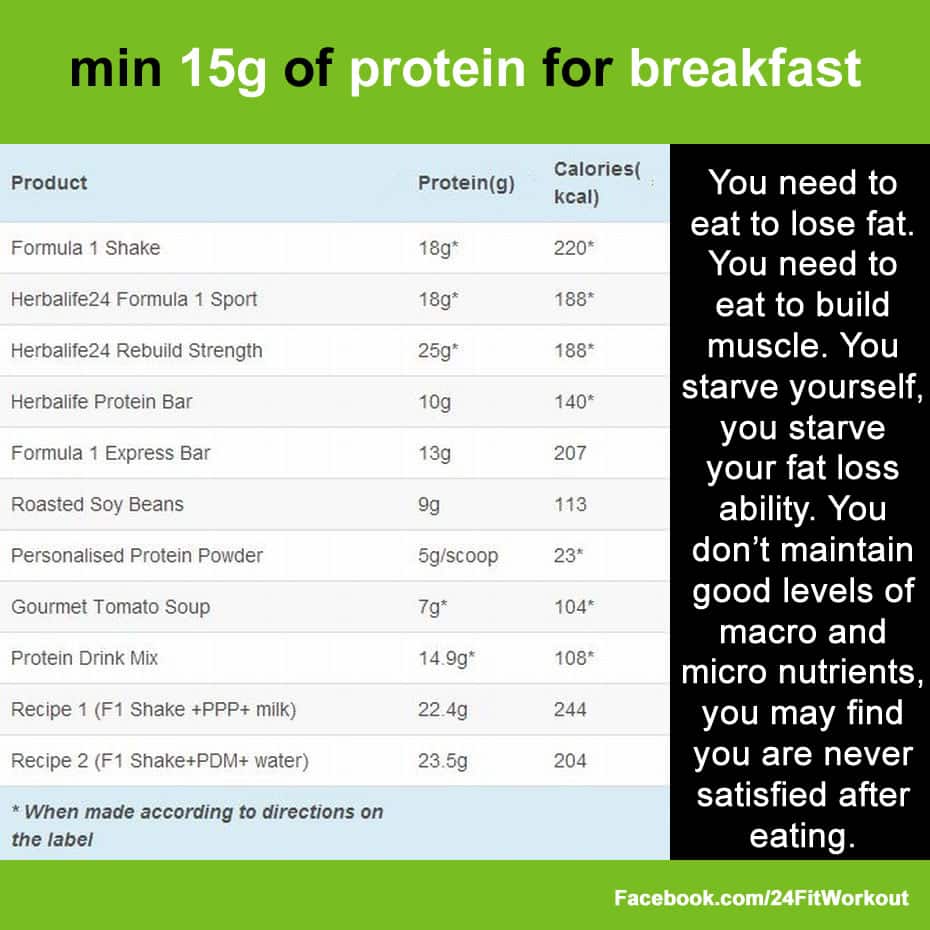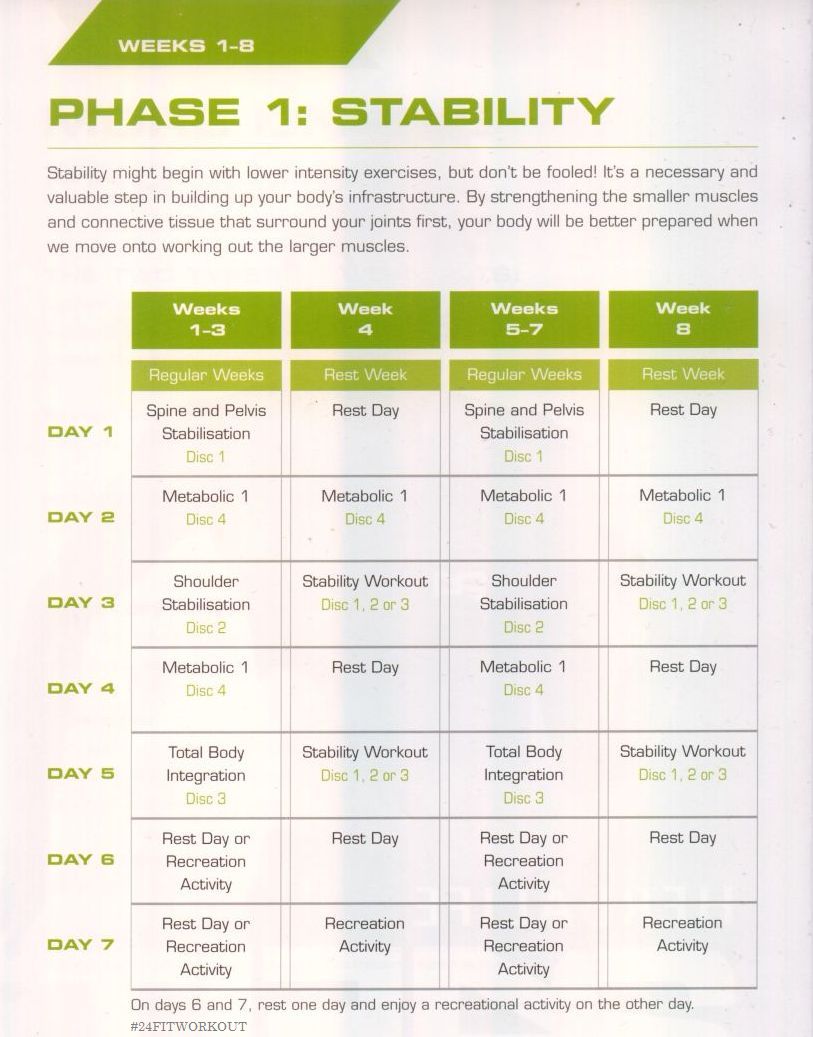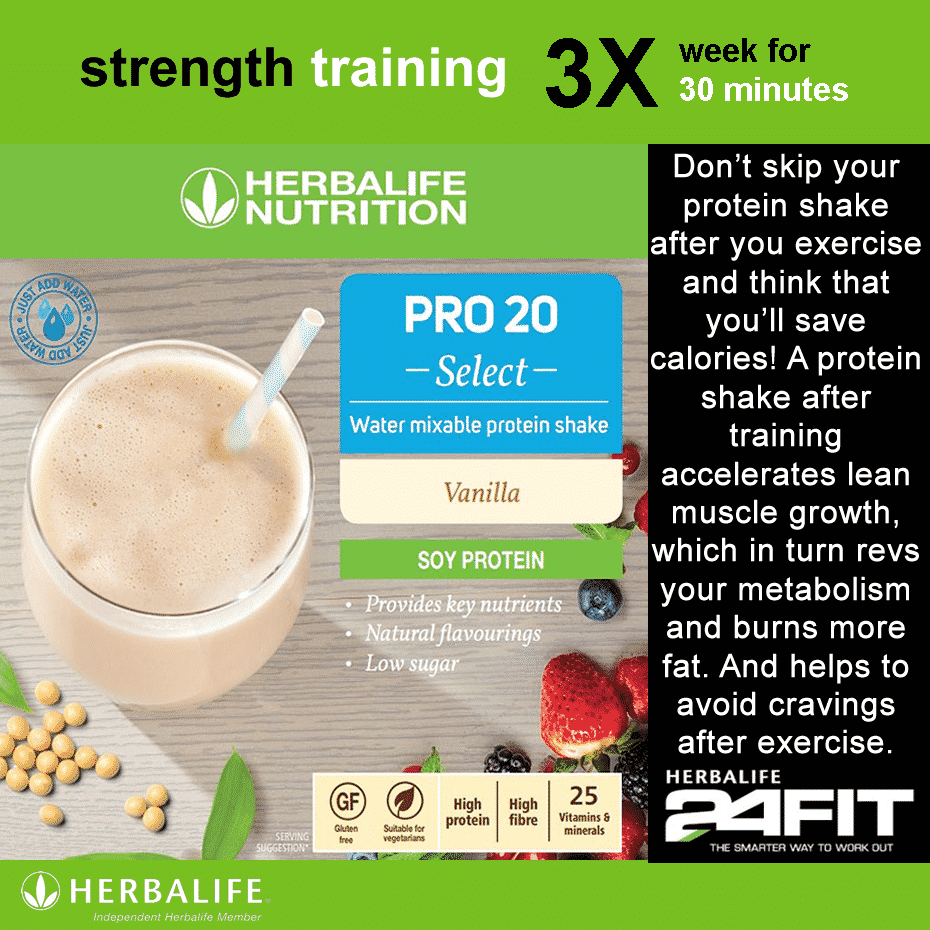by 24fit | Sep 10, 2015 | Injury Prevention, Joint Staibility, Over 35s, Periodization Training, Strength Training
Strength training will provide significant functional benefits and improvement in overall health and well-being including increased bone, muscle, tendon and ligament strength and toughness and reduced potential for injury
Over 50s – Don’t even think about Insanity or book your appointment at the physios now! Physios love Insanity it generates so much business for them…
Over 35s – Well how active have you been in the last 10 years before you launch into an intensive workout. See articles on the militarisation of fitness here. “The fitness industry has been hijacked by workout zealots”
Comparing modern man to forebears: “They didn’t go 22-23 hours without moving, then bolt off on heat throbbing run for 45 minutes”. Their bodies were strong and tendons and ligaments hardened by constant movement from a range of activities”. Robert Forster
(more…)
by 24fit | Jul 23, 2015 | Body Composition, Nutrition, Strength Training, Wellness Coaching
If you’re Level 10 goal includes trying to lose weight, the good news is that muscle burns more calories than fat, so maintaining muscle can be a big help in reaching your goal. To do this you need to combine regular exercise including strength training with balanced nutrition including adequate amounts of high quality protein. This post also covers why working out, without the right nutrition can be counterproductive.
Do you know how much protein you should be eating?
The amount of protein you need to eat every day depends on a lot of factors like how much you weigh, and how much muscle you have – not just whether you’re male or female.
Does a ‘one size fits all’ for protein make sense? Calorie needs differ from person to person, so why not protein? After all, people come in all different sizes, and their body composition is highly variable – it stands to reason that protein needs could vary a lot, too. It doesn’t seem right that a 220lb (100kg) guy who works construction and is into working out would have the same protein needs as a 150lb (68kg), male bank teller who sits most of the day and spends his evenings on the couch.
How much protein is right for you?
Since protein is so important in maintaining your lean body mass (basically, everything in your body that isn’t fat), the suggested amount of protein you should eat every day depends, in part, on how much lean mass you have. Ideally, you’d get a body composition measurement done which would tell you how much lean body mass you have. Contact us to find out how much lean muscle you have,

When is the best time to eat protein?
A common mistake is to consume the majority of protein intake at one meal often in the evening. Protein should be included at all mealtimes for maximum muscle health. and particularly after resistance and strength training because this is when the body is most receptive to using protein to build muscle.
According to research: from a team of scientists led by muscle metabolism expert Doug Paddon-Jones of the University of Texas Medical Branch at Galveston. This research shows that the typical cereal or carbohydrate-dominated breakfast, a sandwich or salad at lunch and overly large serving of meat/protein for dinner may not provide the best metabolic environment to promote healthy aging and maintenance of muscle size and strength.
Amount of protein in typical foods?
Here are some examples
Example: Chicken Breast 3oz (85g), cooked weight 25g
Lean Red Meat 3oz (85g), cooked weight 25g
Ocean-Caught Fish 4oz (100g), cooked weight 25-30g
Yogurt, Greek Style, nonfat 4oz (100g) 10g
Why working out, without the right nutrition can be counterproductive?
You workout 5-6 days a week, and despite your herculean workout regime and monastic eating habits, you can’t seem to lose a pound. In fact, your body fat percentage is inexplicably increasing. Your toned arms seem softer and your jeans feel just a bit snugger than they did last month.
Our body needs energy for strength training, cardio, walking, sleeping, digestion, etc. This energy comes from food. The calories in food are fuel for your body. If you don’t supply the right fuel including protein then you will suffer from the following:
– Strength Loss. Your body doesn’t receive the energy it needs for the physical activities you do. You’ll feel tired and weak at the gym.
– Fat Gains. Fat is emergency storage for your body. Your body burns muscle for energy first when you don’t eat. You’ll become skinny but fat.
– Muscle Loss. The weight loss is muscle loss. Muscle loss equals fat gains as muscle burns more calories than fat.
What are the best sources of protein?
Protein is found a wide variety of foods including dairy products, eggs, meat, fish, pulses and nuts. Some of these protein rich foods contain all the essential amino acids are considered high quality protein, while other sources can be lacking in some of these essential amino acids.
Source of high-quality protein include dairy products, eggs, meat, fish and soy protein isolate. Eating a wide variety of protein-rich containing foods helps to ensure we get all the amino acids we need.
Healthy meal replacements such as Formula 1 and post workout shake such as Rebuild Strength contain high quality protein. Easy and convenient, these are particularly useful before or after training and time is tight and when you do not have time to prepare and eat a meal. Shakes typically contain between 18-25g of protein.
Post Workout
A Herbalife shake after training accelerates lean muscle growth, which in turn revs your metabolism and burns more fat, and speeds up recovery. Eating soon after your workout also can prevent you from feeling deeply ravenous and overeating later on. If you don’t get enough protein, your muscles aren’t able to repair themselves after a workout. In such a case, strenuous exercise can actually be counterproductive—you aren’t able to rebuild what you tear down, and you actually become less able to burn calories.
Wellness Coaching
Contact us for a personalised protein prescription based on how much lean muscle mass you have. And for details of your resting and active metabolic rates which impact how many calories you should take. To lose weight you need to create a deficit in calories from your active metabolic rates BUT WITHOUT LOSING LEAN MUSCLE; otherwise you will be in worse situation than when you started!
Additional Information:
Snacking on Protein rich snacks
Balanced Nutrition
by 24fit | Apr 7, 2015 | Injury Prevention, Joint Staibility, Over 35s
Steve Berkman, a physiotherapist from London, reports a big rise in the number of women undertaking challenges such as the London Marathon and triathlons.
‘Only this morning I have had three female first-time marathon runners in the clinic,’ he says. ‘They may have the cardiovascular fitness to run 15 to 20 miles at the weekend, but in the rush to get fit they haven’t given their muscles and tendons time to adapt, so they got injured.’ Read Article
JOINT STABILITY PROGRAM – Do some “Kevlar Training” infrastructure building for the human body, toughening the joints, creating stability at every joint. This involves the use of light weights and other exercises to strengthen all the little “helper muscles” around the joints, which, along with a lot of stretching insures that each joint is functioning properly. Phase 1 of the 24 Fit workout prepares the body for the more strenuous work to come later in the training cycle.

Who needs a Joint Stability Program?
- How fit are you?? Have you spent the last 5-10 years working at a PC or been “inactive”?
- Over 35, and not exercised much recently? By your mid-30s, most people still look young, but are already experiencing the BIG Three of aging: deteriorating lean muscle mass, worsening posture, and crumbling joints…
- Preparing for an endurance event? Modern man or woman is inactive for 22 or 23 hours a day, then will bolt off on heart throbbing run for 45mins. Our ancestors would have been exposed to a wider range of activities, so their tendons and ligaments would be hardened by constant movement. These days when modern man/woman are subjected to bouts of repetitive motion, like running, stress and wear are accelerated and they end up at the physios. Some studies show that 50% of runners, for example, get injured enough so that can’t run.
- Serious athlete – Elite and professional athletes spend half of their workout time in the gym on injury prevention. All strength and conditioning programs must begin with a joint stability phase where the body is hardened against injury.
- About to start some insane workout? Both unfit and over 35 and just about to start some crazy workout, then pre – book an appointment at the physios now!
“After a careful review of the P90X workout when it first came out we predicted a plethora of overuse and traumatic injuries. Since then I have had to explain to the many clients injured from these high intensity, ill designed training programs that not even my Olympians would hold up under the stress of these workouts. The creators of this training program were apparently not alive during the 1980’s when Jane Fonda type workouts caused an epidemic of joint and muscle injuries from jumping and running on hard surfaces and `performing body weight exercises with no regard for form and technique” Robert Forster
Militarization of Fitness? Is it sustainable? “Do you believe any of the following are true?
No pain, no gain. You have to suffer to get in shape.
More is always more.
Working out is not fun, but it’s an obligation.
If I don’t almost throw up, I’m holding back too much.
You’re only as good as your last workout.
I feel like a loser when I miss a workout.
If you answered yes, then you’re at the “exercise is war” understanding of fitness!
“I spent a decade there, with plenty of joint casualties and war stories to prove it. So I’m not belittling you—I’m just saying that this isn’t the only way to train, and it sure as heck isn’t sustainable” Jonathan Angelilli
Article about the Militarization Of Fitness
What’s a better approach to working out?
The basic premise of all well designed exercise programs is the progressive overload principle. Fitness must be “pushed” from below, i.e. starting slow and progressing to harder workouts slowly. In addition, what recreational athletes and fitness enthusiasts don’t realize is that elite and professional athletes spend half of their workout time in the gym on injury prevention. All strength and conditioning programs must begin with a joint stability phase where the body is hardened against injury.
PHASE 1 : WEEKS 1–8
Spine and Pelvis Stabilization
Shoulder Stabilization
Total Body Integration
Metabolic 1
#24fitworkout
#jointstabilityprogram



